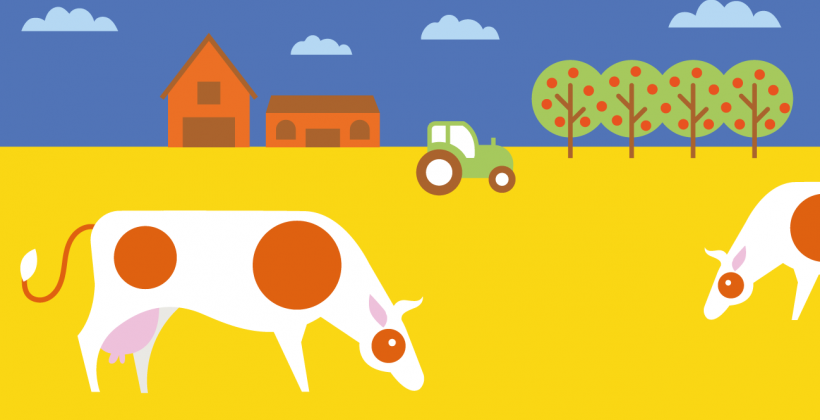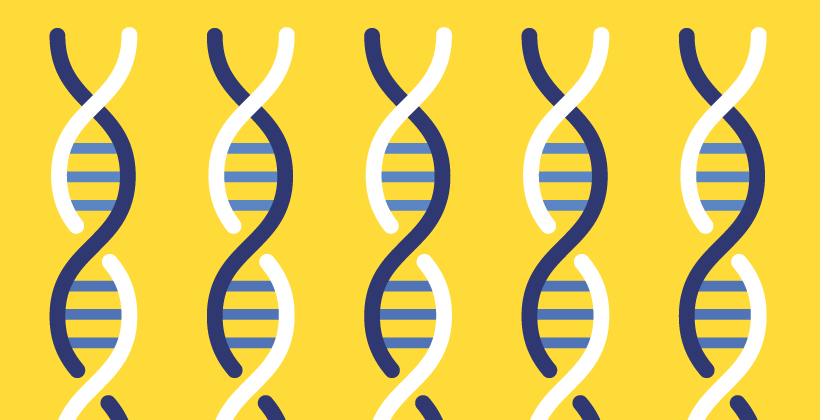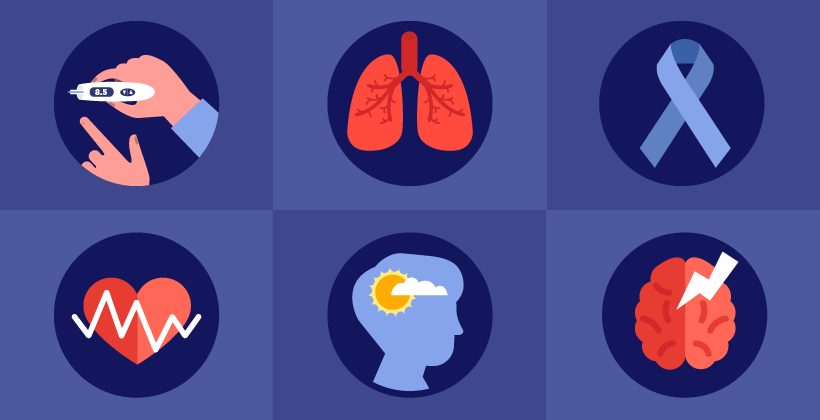Food traceability: Cornerstone of EU food safety policy
Last Updated : 12 February 2014Following the political fallout and damage to consumer confidence and the food industry caused by the BSE (Bovine Spongiform Encephalopathy) known as “mad cow disease” crisis of the 1990s, the EU embarked on a major reform of its policy and regulation in relation to food safety. Food traceability is the cornerstone of that reform.
What are food traceability and product withdrawal/recall?
Traceability is the ability to track any food, feed, food-producing animal or substance that will be used for consumption through all stages of production, processing and distribution.1 In the event of a food incident it enables the identification and subsequent withdrawal or recall of unsafe food from the market. If the food has not reached the consumer, a trade withdrawal is undertaken. If the food has reached the consumer, a product recall is undertaken which includes notification of the consumer through in-store notices and press releases.
Why are traceability and product withdrawal/recall important?
Traceability and product recall are important as they enable food businesses to respond quickly to food safety/quality incidents thereby ensuring that consumer exposure to the affected product is prevented or minimised. A good traceability system ensures that withdrawals/recalls are limited to implicated products, thereby minimising disruption to trade and company finances.
The recent issues surrounding the undeclared substitution of horse meat in beef products has highlighted the importance of traceability systems in identifying the source of fraudulent activities. This is essential to ensure that these activities, which are undertaken by a minority, do not undermine consumer protection, consumer confidence and the integrity of the majority of the food chain.
What are the legislative requirements?
Regulation 178/2002 laying down the general principles and requirements of food law, requires every food and feed business in Europe and those bringing food/feed into Europe to have a traceability and recall system in place.1
All food and feed businesses must be able to identify where their raw materials (e.g. ingredients and packaging) come from and where their products are going or have gone to, i.e. they must be able to identify one step back and one step forward in the food chain. The latter however, is not applicable to businesses selling directly to the final consumer.1
Additionally, there are also legal requirements to keep records, apply traceability information to product and/or documents and provide this information to the competent authority on demand. Further sector-specific legislation applies to certain foods including fruit and vegetables, sprouted seeds, beef, fish, honey, olive oil, genetically modified organisms and live animals.1-4
There is no legal requirement to implement internal traceability which tracks food ingredients and products as they move through the manufacturing process.1 However, in many instances the food industry have implemented internal traceability to ensure the integrity of their overall traceability systems.
Development of traceability systems
The type of food traceability system implemented may vary from business to business; however, the overall aim is to incorporate both legal and voluntary requirements (i.e. internal traceability).
These systems can be as simple as recording the batch codes of ingredients at each stage of production or as sophisticated as computerised bar-coding to track and control the movement of ingredients and finished goods. Many companies in the food industry have developed such systems and use best practice or voluntary standards such as ISO 22005:2007 to deliver and enhance on the minimum requirements for traceability and recall.
Moving forward
Systems of traceability and recall continue to develop and improve with advances in technology such as bar-coding, radio frequency identification, global data synchronisation and authenticity testing of foods. Coupled with improving technology is a continuing process of amending and strengthening legislation in relation to food safety controls. This will allow both the authorities and the food industry to quickly identify and isolate unsafe foodstuffs and minimise consumer exposure to future food incidents.1,5
References:
- Regulation (EC) No 178/2002 of 28 January 2002 laying down the general principles and requirements of food law, establishing the European Food Safety Authority and laying down procedures in matters of food safety.
- European Commission (2007). Food Traceability Fact Sheet.
- Regulation (EU) No 209/2013 of March 2013 amending Regulation (EC) No 2073/2005 as regards microbiological criteria for sprouts and the sampling rules for fresh poultry meat.
- Regulation (EU) No 931/2011 of 19 September 2011 on the traceability requirements set by Regulation (EC) No 178/2002 of the European Parliament and of the Council for food of animal origin.
- European Commission Q&A on Horsemeat.








